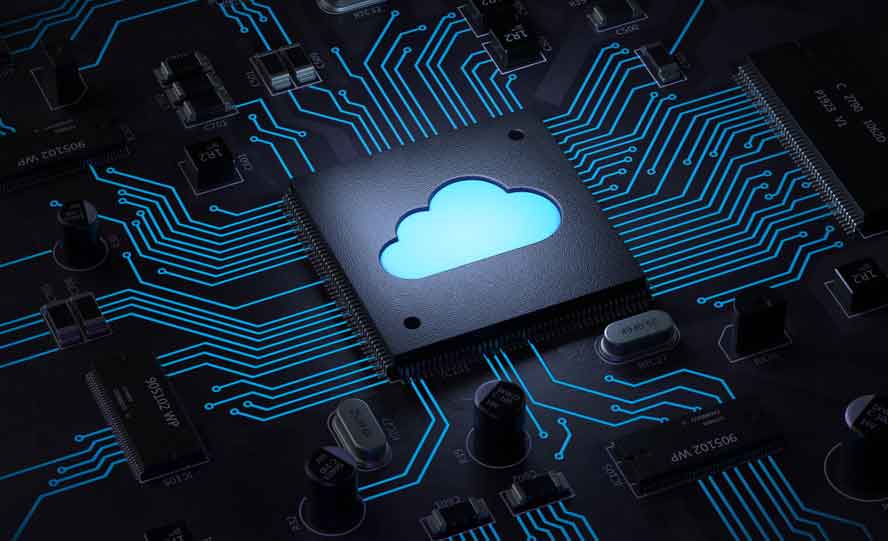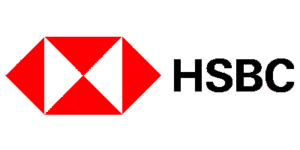Internet of Things (IoT)
The Internet of Things (IoT) describes the network of physical objects—“things”— that are embedded with sensors, software, and other technologies for the purpose of connecting and exchanging data with other devices and systems over the internet.
Why is IoT so important?
Over the past few years, IoT has become one of the most important technologies of the 21st century.
Now that we can connect everyday objects— kitchen appliances, cars, thermostats, baby monitors—to the internet via embedded devices, seamless communication is possible between people, processes, and things.
By means of low-cost computing, the cloud, big data, analytics, and mobile technologies, physical things can share and collect data with minimal human intervention.
In this hyperconnected world, digital systems can record, monitor, and adjust each interaction between connected things. The physical world meets the digital world—and they cooperate.
What technologies
have made IoT possible?

Access to low-cost, low-power sensor technology.
Affordable and reliable sensors are making IoT technology possible for more manufacturers.
Connectivity.
Cloud computing platforms.
Machine learning and analytics.
Conversational artificial intelligence (AI).
Advances in neural networks have brought natural-language processing (NLP) to IoT devices (such as digital personal assistants Alexa, Cortana, and Siri) and made them appealing, affordable, and viable for home use.
What is industrial IoT?
Recently, industries have used machine-to-machine communication (M2M) to achieve wireless automation and control.
But with the emergence of cloud and allied technologies (such as analytics and machine learning), industries can achieve a new automation layer and with it create new revenue and business models.
Industrial IoT (IIoT) refers to the application of IoT technology in industrial settings, especially with respect to instrumentation and control of sensors and devices that engage cloud technologies.
IIoT is sometimes called the fourth wave of the industrial revolution, or Industry 4.0. The following are some common uses for IIoT:
- Smart manufacturing
- Connected assets and preventive and predictive maintenance
- Smart power grids
- Smart cities
- Connected logistics
- Smart digital supply chains
Unlock business value with IoT
As IoT becomes more widespread in the marketplace, companies are capitalizing on the tremendous business value it can offer. These benefits include:
- Deriving data-driven insights from IoT data to help better manage the business
- Increasing productivity and efficiency of business operations
- Creating new business models and revenue streams
- Easily and seamlessly connecting the physical business world to the digital world to drive quick time to value
Our Clients
We have supplied our lighting and provided our expertise on a number of prestigious jobs with the following clients and projects:




